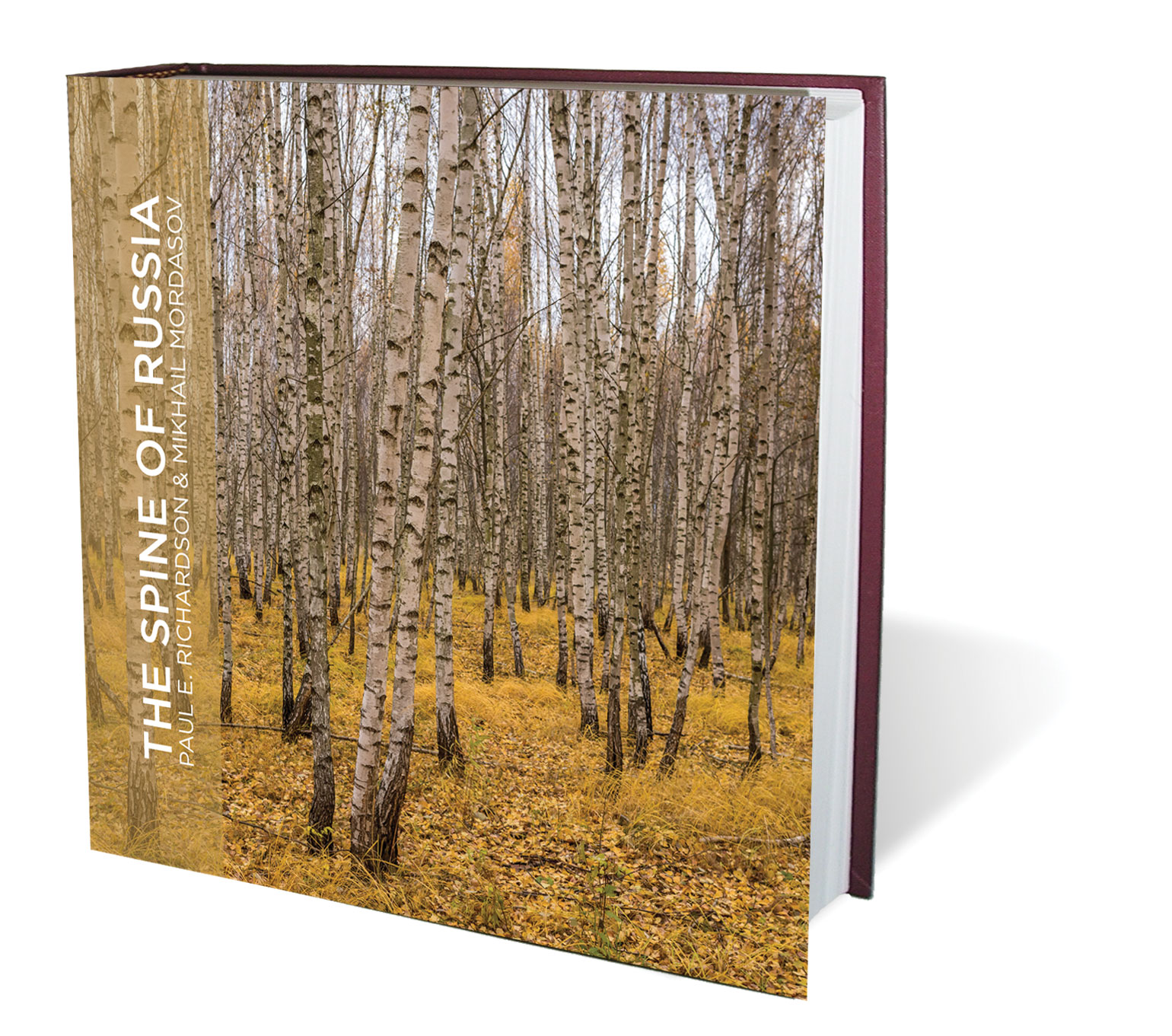The Weight of History
- Nov 16, 2015
- Paul Richardson
On the approach to Novgorod we stopped at the Myasnoy Bor memorial, located in a place known as The Valley of Death. Thousands died during months of battle here (December 1941-June 1942), after an unsuccessful attempt by the Soviet Red Army to pierce the German lines and end the blockade of Leningrad. The 2nd Army was almost completely surrounded by German forces, with Soviet losses mounting as the gap of the encirclement was drawn increasingly tighter (from four kilometers wide down to 300 meters).

(sold out)
On June 25, 1942, German and Spanish forces succeeded in closing the circle. All attempts by the 2nd Army to break the encirclement failed, and it was all but annihilated. Every year they bury new remains found near here. Rumor has it that, under the right conditions, moaning can be heard in the forests. While the war that ended 70 years ago is passing from living memory, it yet looms large in the collective Russian consciousness as a priori proof that Russia always has been and will always be surrounded by antagonistic, if not openly hostile, neighbors, and that Russia has repeatedly shown that it will not be cowed or turned from the historical path it has chosen.
The next day, on the other side of Novgorod, historian Sergei Troyanovsky led us on a frigid, rain-soaked walk to “Rurik’s Settlement” and a massive, 40-ton boulder known as the “Prince’s Stone.” It was set here in 2012, on the occasion of the 1150th anniversary of the founding of Veliky Novgorod.
Engraved on the side of the stone that faces Novgorod are stylized and embellished words from the Primary Chronicle of 862, which famously recounts how fractious local tribes said to the Varangian princes, “Our land is great and rich, but there is no order in it. Come reign as princes, rule over us.” Rurik and his brothers obliged, gathering all power into their hands, and ruling over all the tribes.
Like any nation’s foundation myth, this one is long on legend and short on truth. But never mind, it makes for a good story, and, despite the dense drizzle and fog, we can see a good distance downriver to make out the point where the Volkhov flows into Lake Ilmen. The twelfth-century Yuriev Monastery peeks out behind trees on the river’s opposite bank.
“This is where Russia began,” Troyanovsky says, and we might have felt a chill run up our spine, if we were not so chilled through already.
The area, Troyanovsky takes pains to explain, was settled first by Finno-Ugric tribes; Novgorod was always Russia’s most European and western of cities. Russia, he says, always has and always must identify with Europe. Perhaps to underscore this point, as we head back to the car he unleashes an unexpected screed against “Eastern peoples” who are buying up and “invading” Russia.
“We are Indo-European peoples on this territory,” Troyanovsky says, “we are the people who settled on this land, mastered it… but immigrants are arriving who are complete outsiders for us. It is a Hunnic attack on Europe… it’s not the first time. How much has been endured, especially by Russia?”
Certainly endurance is a persistent theme in Russian history, and ordinary Russians must find a way to come to terms with often confounding events.
“History is full of paradoxes,” says businessman Vadim Markelov, “and it is hard to tell what those in power have in mind. Stalin may have been a tyrant, but he may also have been a genius. Take the Winter War with Finland [1939-40]. It is generally seen as a complete failure, and showed the weakness of the Russian military, but it added the Karelian Isthmus to Russia. If that had not happened, in the Great Patriotic War Hitler and the Finns would have taken Leningrad in a day.” So, Markelov posits, perhaps there is more going on regarding Crimea than anyone outside the Kremlin has any idea about.”
Perhaps too much? Wouldn’t Russia be better off, I ask, with a greater measure of accountability and democracy?
“What kind of democracy can you have when 60 years ago they were shooting us at will?” Markelov answers. “We are all the children of slaves… What kind of democracy can we have when we still have streets named after terrorists like [Pavel] Pestel?”